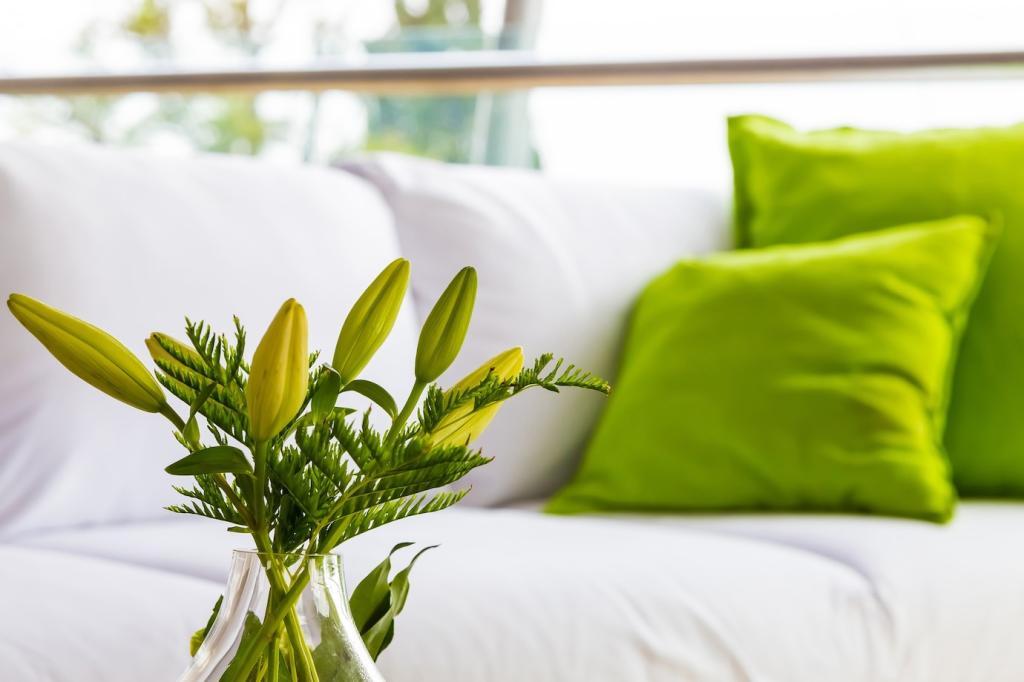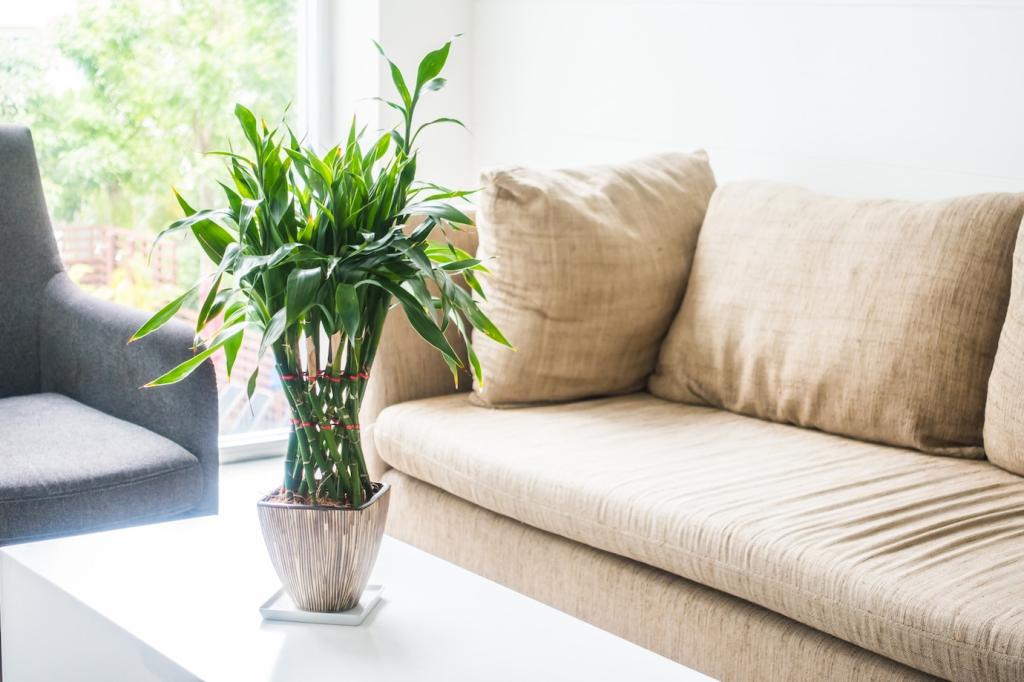This website uses cookies so that we can provide you with the best user experience possible. Cookie information is stored in your browser and performs functions such as recognising you when you return to our website and helping our team to understand which sections of the website you find most interesting and useful.
Innovative green architecture is revolutionizing the way we design and experience interior spaces. By blending sustainable materials, advanced technologies, and nature-inspired concepts, architects and designers create interiors that prioritize well-being, energy efficiency, and environmental harmony. This approach goes beyond traditional aesthetics, embedding eco-friendly principles into the very core of modern interior environments. Whether in residential, commercial, or community settings, green interior architecture cultivates spaces that foster comfort, productivity, and connection to nature, all while reducing ecological footprints. Discover how forward-thinking strategies and creative applications of green design are transforming interior spaces for a more sustainable and inspiring future.
The Evolution of Green Interior Spaces
Sustainable Material Innovations


Energy-Efficient Design Principles
Biophilic Integration in Modern Interiors


